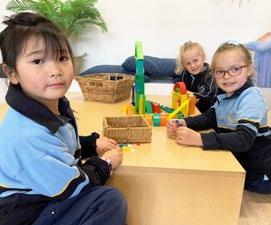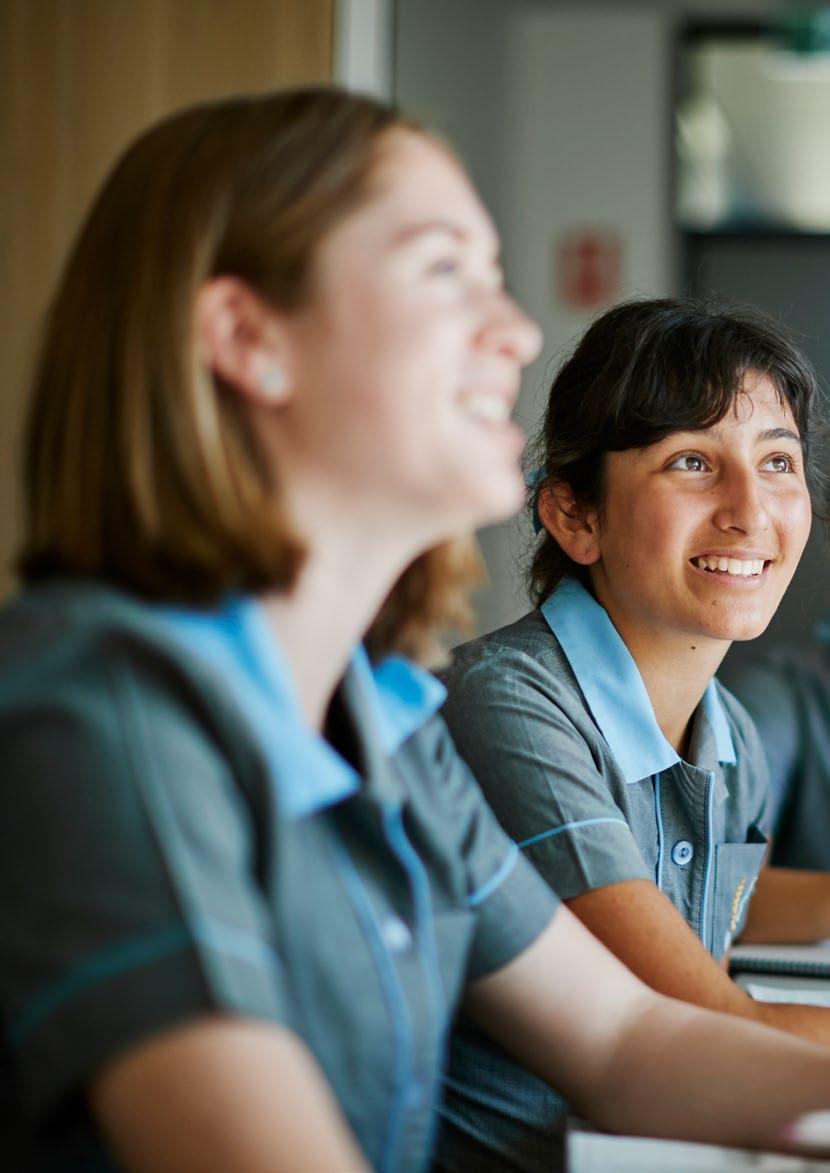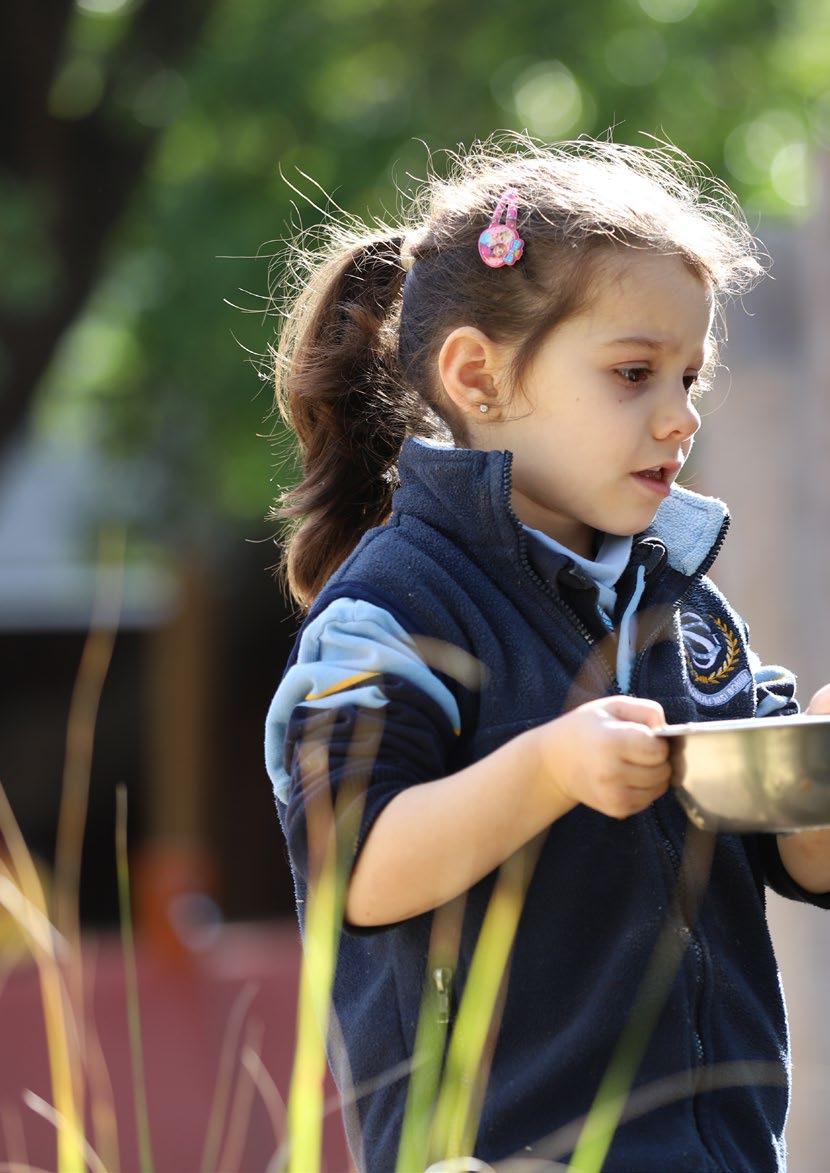
10 minute read
ELC
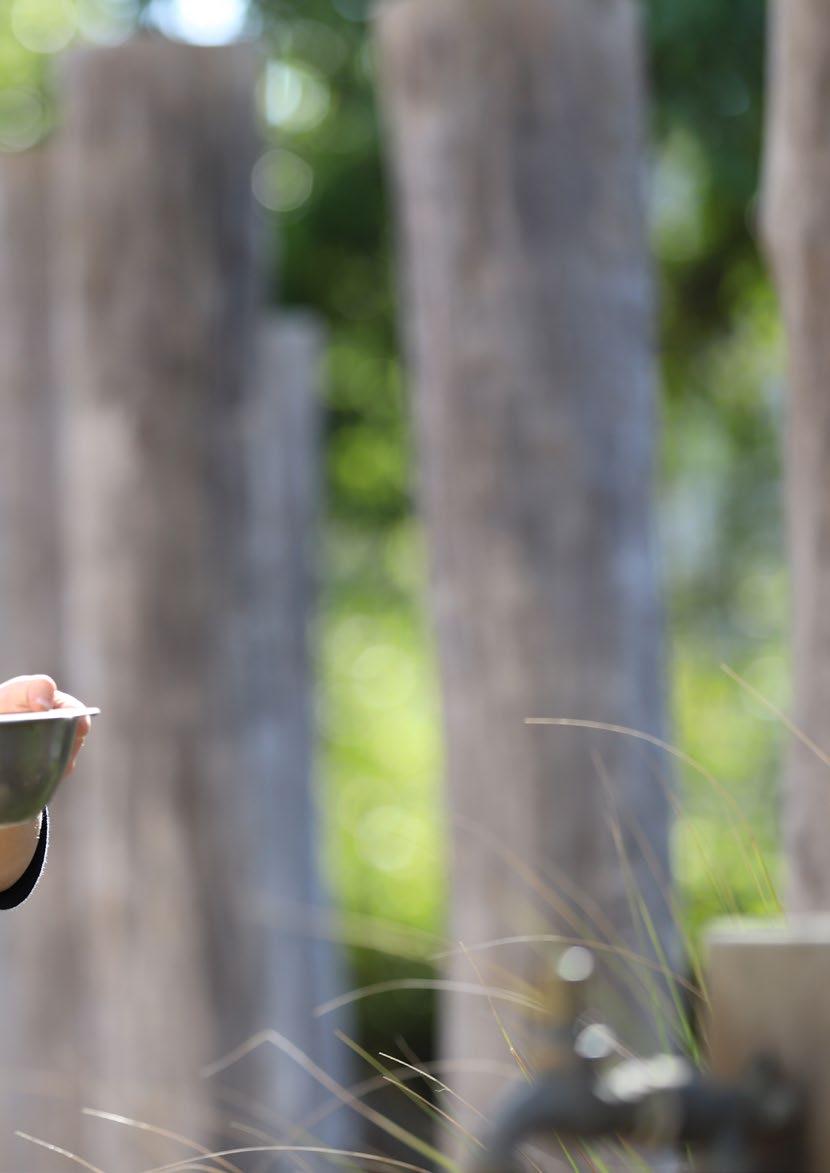
FROM THE HEAD OF ELC
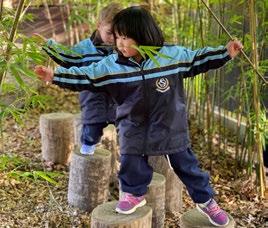
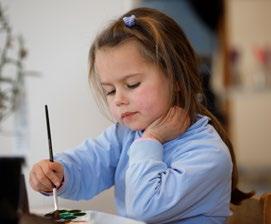
RICH LEARNING OPPORTUNITIES
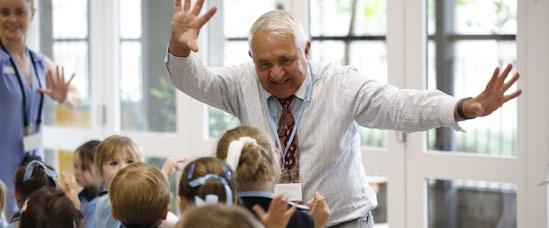
It is wonderful to observe the children’s learning and growth as they progress through their educational journey in the Early Learning Centre. There are several key aspects to this learning and growth which are supported, encouraged and nurtured throughout the year.
“A child’s world should be a world of the possible.” – Loris Malaguzzi 1991
Relationships are integral to everything that we do. It is essential that young children have the opportunity to develop secure connections with peers and educators. This provides them with a sense of belonging to the group. When they feel secure in their relationships within the learning community, this provides the optimal condition for their growth and learning. Throughout the year the children have formed connections with others and learnt what it means to belong to a community. Although their ability to interact in person has been limited at times, the opportunity to learn how to connect and sustain relationships in a digital landscape flourished. Respect is integral to all interactions within a community. The children have been encouraged to demonstrate respect through actively listening, taking into consideration other points of view and being inclusive in their play. Respect for the learning environment was encouraged as they learnt to take responsibility for the equipment and resources. Respect for the natural environment was also promoted as they learnt to take care of the plants and creatures outdoors. The children have been offered opportunities to develop an understanding of kindness. In their programs, they discussedthe concept of kindness and what it means, and have undertaken a range of acts of kindness from ‘mailing a hug’ to a family member, or helping out a friend with a task, to picking flowers for a neighbour. Collaboration and partnerships with families have always been essential components of our early learning program. This became increasingly important as the children, educators and families navigated the challenges of 2020. By working together, we provided the children with continuity of learning and consistency of routine through opportunities for classroom and home-based learning. Their digital learning was enhanced as they learnt how to connect with peers and educators via online platforms and shared their work electronically. It certainly has been a year of rich learning, growth and development. In particular, the children have become incredibly resilient and independent as a result of the changes. It has also taught them that learning is not limited to the classroom. There are possibilities for learning all around us.
“The best classroom and the richest cupboard are roofed only by the sky.” – Margaret McMillan
It has been a privilege to share the learning journey with the children and their families this year.
Ms Sarah Bethune
Head of Early Learning Centre
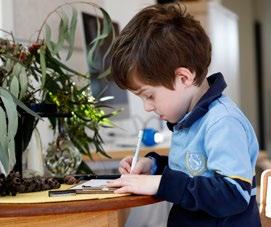
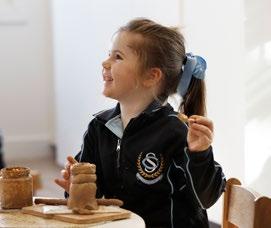
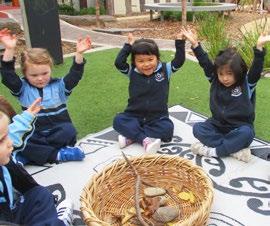
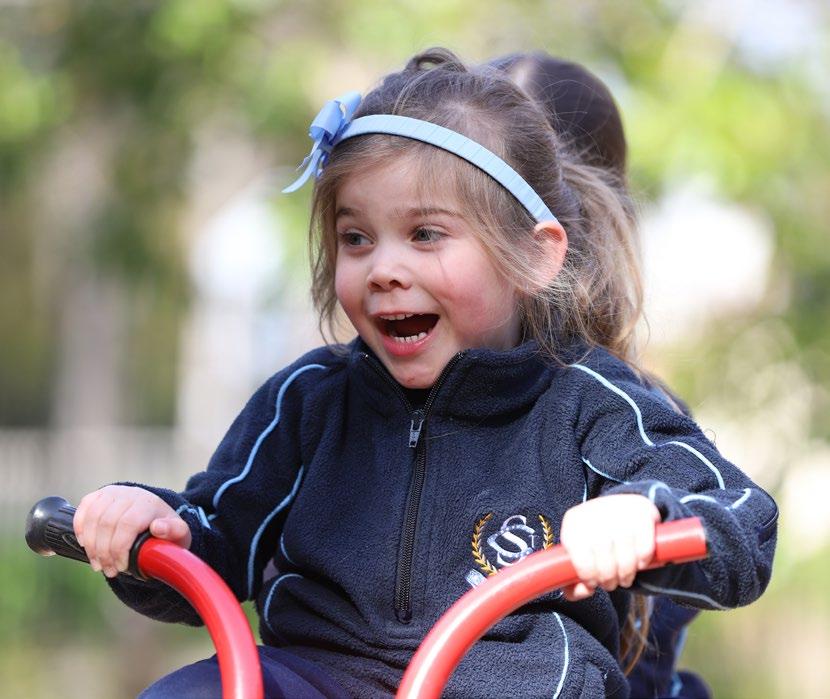
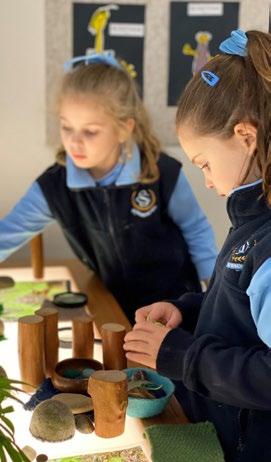

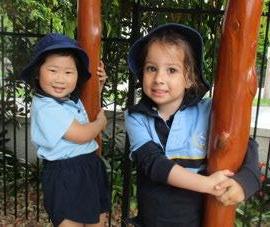
TITLE BLUE GUM ROOM

The Blue Gum Room children began the year with great anticipation, excitement and curiosity. They ventured on a learning journey filled with many opportunities to explore, investigate and discover. Our focus began with developing the children’s independence and an understanding of what it means to be a community of learners who respect and care for one another. Paramount to this was establishing positive relationships with their educators and each other. This provided a strong sense of belonging and connection to the Blue Gum Room community. Educators have listened to and observed the children’s interests, questions and conversations in their play. This is the building block that guides us to implement a number of different projects, inquiries and investigations throughout the year. An investigation into seeds and what can grow from a seed began early in the year. Then a butterfly discovery incursion provoked the children’s curiosity and extended their learning about the butterfly’s life cycle. The children learnt about growth and change through sharing their baby photos and identifying how they have changed since they were babies. An investigation into minibeasts, insects and bugs then captured the learners of the Blue Gum Room. A variety of creatures were explored and created using a range of art mediums. An unexpected pivot to home based learning in Terms 2 and 3 saw the introduction of the Learn@Home program. The children displayed great resilience and autonomy as they discovered a new way of learning, with the flexibility and support from their families. The children engaged in meetings with their educators through Microsoft Teams and were offered a range of experiences to develop their emotional, physical and cognitive development. Some of the learning offerings included nature, Australian animals, minibeasts, Indigenous perspectives and independent skills. Throughout year, the children have developed as individuals and as a community of learners who are ready to embrace the next stage of their learning journey. We look forward to watching their learning and growth continue in the ELC.
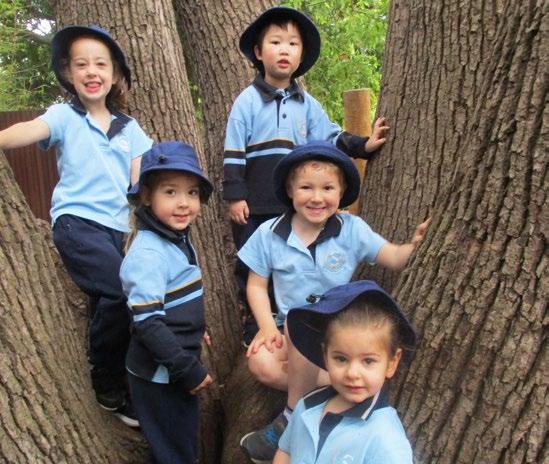
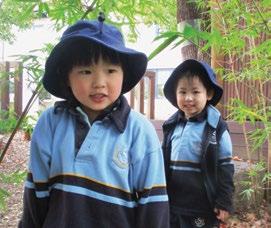
Mrs Helen Nicolaou
Blue Gum Room Teacher

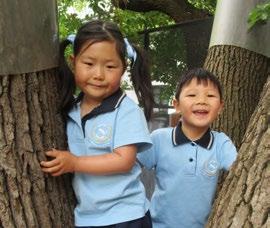
WARATAH ROOM
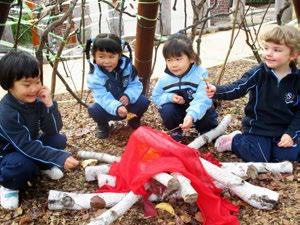
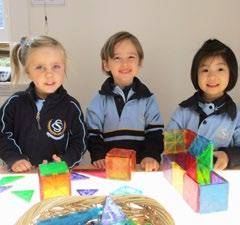
“Just as a seed is encoded with the intelligence to blossom, so too are humans programmed to expand. The journey from seed to flower is one of innate and embedded wisdom that occurs when the conditions are right for inspiration and creation.” – Monica Aurora
This year, the interests of the Waratah Room children have seen them undertake roles of explorers, botanists, technology users and artists, as they played and learned alongside one another. The excitement they shared as creators and inquirers led to spirited discussions and investigations, both in the indoor learning environment, the outdoor setting and in their homes. In partnership with their teachers, the children discovered various native animals and their natural habitats, such as the Koala. This led to an interest in Indigenous plants, and together they created a mosaic of a waratah flower, as a symbol of their unity as a community of learners. Identity has been a consistent area of consideration, as the children created self-portraits using a variety of ‘languages’. During the initial phase of the Learn@Home program, the children embarked upon an ‘Identity Project’. By getting to know ourselves and our world, the children’s personal narratives about their concepts of love, beauty and family surfaced. The sharing of items from the children’s ‘Me Bag’ collections promoted observation and an internal quest to understand ‘what is beautiful and meaningful?’. The children enjoyed carrying out an exploration regarding the importance of compassion. A focus upon social-emotional wellbeing was promoted through a ‘Kindness Project’. The objective was to cultivate and promote positive, characterbuilding learning experiences; teaching love, kindness and gratitude. They were invited to show their acts of kindness by way of drawing, photography, explaining, singing and sculpting. Play, creativity and wonder have formed the foundation for a range of learning experiences, both onsite and from home. The children have extended upon their love of learning with a strong sense of resilience, gentle self-awareness and an understanding of the fundamental importance of connection and community; a feeling of acceptance and experiencing a sense of belonging.
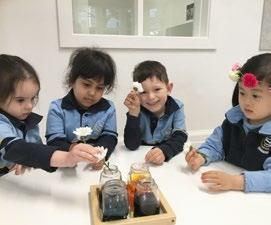
Miss Kristina Schrader
Waratah Room Teacher

BANKSIA ROOM
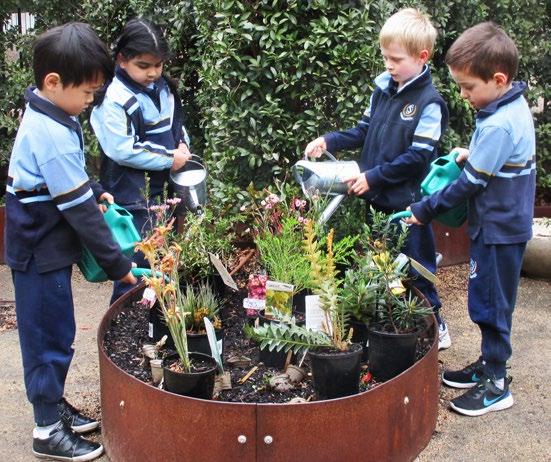
In the Banksia Room, several inquiries emerged with the children engaging deeply in learning about kindness, friendship, native plants, and Aboriginal people, their culture and traditions.

At the beginning of the year, the emphasis for the children was on building and maintaining friendships with each other, educators and their learning environments. Through many lively debates, the children reflected on how they could demonstrate kindness. The children were invited to explore the concept of being ‘a bucket filler’; that words and actions impact on others and ourselves, which resonated with the children. They worked in partnership to create an agreement of how to show kindness at the ELC establishing a ‘Banksia Room Agreement’ which was referred to throughout the year. Term 1 introduced a term-long project about hospitals, their purpose, who works in them, and the parts and function of the human body. The children displayed a strong interest, initially using languages such as socio-dramatic play, graphic representation and collage to share their ideas about hospitals. Their interest in hospitals diminished as educators invited the children to engage in thinking about Reconciliation Week and the history of our First Nation people which acted as a catalyst for the children, and this interest was supported and extended. They excitedly discovered ochre, created a bush Humpy, engaged in conversations about history, bush tucker, storytelling, symbols and language, and artwork. At the beginning of Term 3, the children were invited to explore native plants with the goal to create an Indigenous Garden. They demonstrated ownership of the learning environment through the creation of a new learning space ‘Aboriginal Land’ in the classroom. The children could delve deeply into their thinking and understanding about our First Nation people in this space. The children have developed the learning dispositions of empathy, kindness, creativity, cooperation, inquiry and perseverance during the year. Their curiosity and engagement in learning experiences has facilitated their development as individuals, as learners and as a group, connected to one another and their place.
Miss Nadia Durrant
Banksia Room
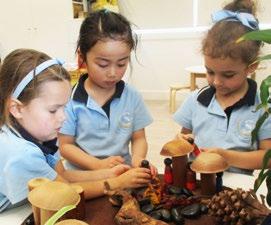
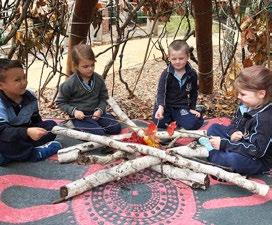
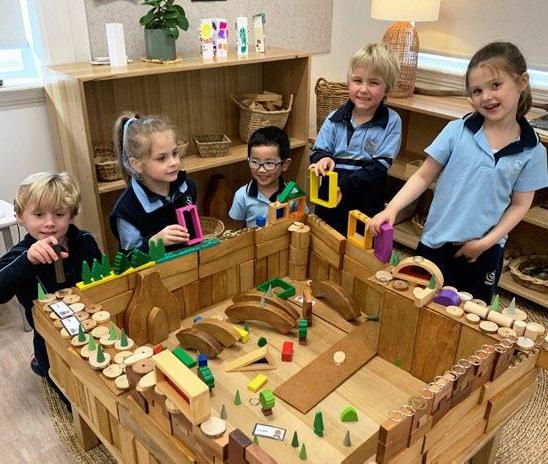
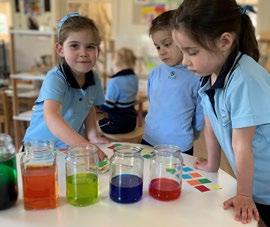
WATTLE ROOM
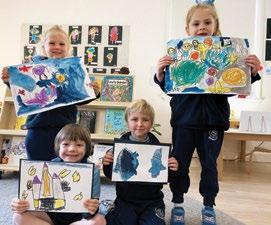

As the children in the Wattle Room continued on their learning journey in the Early Learning Centre, they have shared a year highlighted by growth, learning and discovery. The unanticipated events of the year provided us with a range of new learning opportunities in different contexts. Through the Learn@Home program, an interest in the Solar System emerged and resulted in a group inquiry. This involved the children researching and using different ‘languages’ for their inquiry. They brought in their own books, also using the Internet and songs to discover more information. As a group we brainstormed questions, such as where, what, why, how, when, and I wonder. Throughout this process they represented their thinking and understanding through the visual arts such as drawing, painting, and making a collaborative 3D model of the Solar System. They were also involved in a re-enactment of the how the planets rotate and revolve around the sun through a body and movement experience. The children also engaged in an exploration of the concept of a city. Educators drew on their knowledge by completing a concept map with the children to discover ‘What does a city have?’ They were invited to express their thinking and understanding through the ‘language of drawing’ and the ‘language of construction’. Throughout the year the children have been involved in STEM experiences and engaged in a range of science experiments, which involved them making predictions, recording results and writing out the procedure. The Learn@Home program provided opportunities for some intentional teaching of mathematical concepts such as addition, Venn diagrams, and classifying animals. Our City Project involved exploration of engineering concepts such as structures of buildings and bridges. Other opportunities involved the children engaging with different technologies and learning platforms such as Microsoft Teams and a range of Apps. They also explored the concept of coding through learning experiences such as coding a song. It has been a privilege to be involved in the children’s learning journey this year, to observe their confidence grow, their inquisitive minds develop and their sense of wonder.
Ms Zoe Swindells
Wattle Room Teacher
